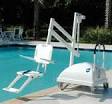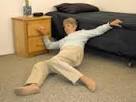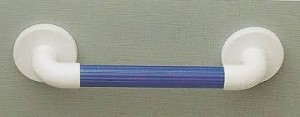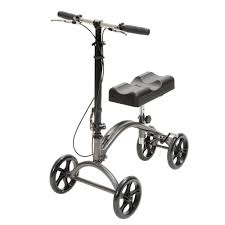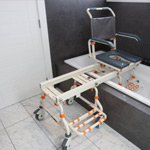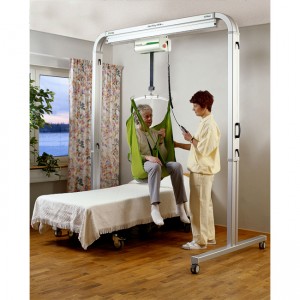Seniors or individuals with mobility challenges may find living in a multi-story home difficult. Getting up and down stairs can be impossible for some, while potentially dangerous for others. And moving to a one story house or a senior living facility may not be an option for a variety of reasons. If it becomes necessary or preferable for an individual disabled by age, infirmity, or accident to stay in a multi-story abode, there are practical and affordable solutions.
The easiest and least expensive option, if practicable, would be to simply relocate all multi-floor activities to the ground floor. Of course, that would require that the ground floor be made convenient for eating, sleeping, bathing, and all the other normal activities of daily life. Minor modifications may need to be made, such as widening doorways, making a downstairs bathroom more usable, etc. But in terms of difficulty and expense, it is certainly the most cost-effective and convenient way for a disabled person to remain in his or her multi-story home.
However if living exclusively on the ground floor is not possible, then it may become necessary to investigate how the home can be adapted in order to provide safe access between floor levels. The three most common alternatives are residential elevators, stairlifts, and inclined platform lifts. Each option has advantages and disadvantages, but if employed correctly either one can help keep a mobility-challenged person in his or her own home.
A residential elevator is a lift that is enclosed in a shaft and travels vertically between floors. Elevators can range from an unfinished platform to a fully- enclosed cabin with safety gates and a finished interior. Residential elevators are either cable operated or hydraulically powered. They are typically used when the vertical change between two or more floor levels is significant and there is not enough room in the house to install a usable stairlift or ramp. There must, however, be enough room in the house to accommodate the needed shaft space.
A stairlift consists of a seat that travels up and down a stairway on a track or rails mounted either on the surface of the stairs or on an adjacent wall. stairlifts can be installed on most stairways and come in a wide array of sizes and styles. They are fairly easy to retrofit into existing homes and are considerably less expensive than elevators – especially if the staircase is a single straight run. They require a clear floor space at the top and bottom of the staircase so that the user can get on or off, and they will reduce the usable width of the stairs – a particular concern if the staircase is narrow to begin with.
Inclined platform lifts consist of a platform that moves up and down over an existing stairway. They are usually employed by people who use wheelchairs, but some models incorporate a fold-down seat for people who do not use a wheelchair but have difficulty using stairs. The platform is typically supported by rails that are mounted to a wall on one side of the staircase. Platforms on stairlifts come in various sizes, but they are always much wider and larger than seated stairlifts and thus need more room at the top and bottom of the staircase, as well as enough headroom throughout the entire traveled distance. They are easier to install and less expensive if the staircase is a single, straight run. There are platform stairlifts available that will turn corners on curved staircases, but they require wider staircases to accommodate the platform as it turns and are far more expensive.
We understand that staying in the home you love is important to your overall well-being. If you need expert advice on the most appropriate and affordable option for your multi-story home, the professionals at Pacific Mobility are always available for a free consultation. Call or visit us, today.
President, Husband, Father, Grandfather Graduate of UC Davis- Bio Sci Major- Go Aggies! Jeff has extensive experience in all of Pacific Mobility’s products and services, and specializes in accessibility products as well as stairlifts, ceiling lifts and custom wheel chairs. His hobbies include spending time with family, gardening, mountain biking, exercising and off road motorcycle riding.
24 years as Owner/President of Pacific Mobility Center – selling, installing, and servicing stairlifts, porch lifts, ceiling lifts, pool lifts, handicap ramping, specialty wheelchairs, scooters, power wheel chairs, and other power mobility devices
Certified Environmental Access Consultant since 2008
Licensed General Contractor since 1998
Certified Aging in Place Specialist since 2016
Board Member for Home Access Professionals
Member of Association of Members of the Accessibility Equipment Industry (AEMA)
